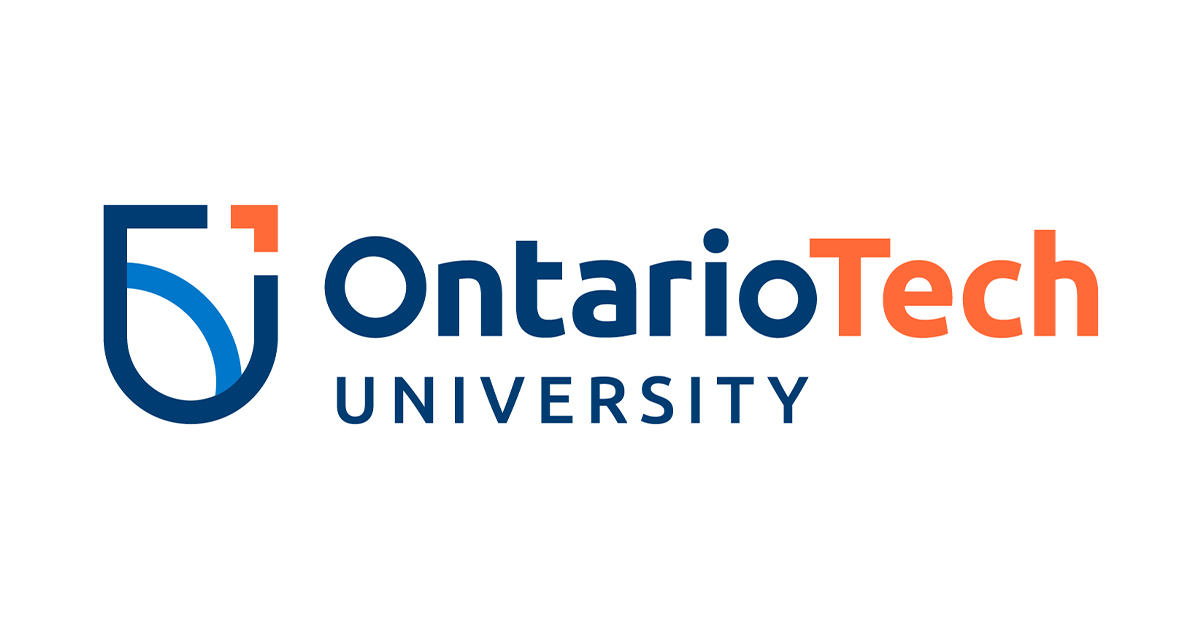Nuclear Professional Development Centre - CANDU Decommissioning
Overview
These two, 40-hour courses present a review of the key scientific and engineering principles of nuclear decommissioning technology. Offered by the Faculty of Engineering and Applied Science, Department of Energy Systems and Nuclear Science at ºÚÁÏÍø, these courses are part of a program of professional development for people working in the nuclear industry.
Each course is organized as a combination of lectures and group exercise sessions, and the presentation of the group work to confirm the level of learning that has been achieved by the participants.
Lectures will be delivered on ºÚÁÏÍø's Campus in Oshawa, and will also be available via the Internet to participants for whom the Campus is not readily accessible.
Schedule
The schedule may be customized for your organization. Please contact continuouslearning@ontariotechu.ca to discuss your organization's needs.
Principles of CANDU Decommissioning
Applied CANDU Decommissioning
*Subject to change
Course information
This 40-hour course presents the key scientific and engineering principles of nuclear decommissioning technology. The material covers the knowledge needed by practitioners responsible for transforming a nuclear power plant from an operating state to safe storage surveillance, decommissioning, and return to the end state. Topics include the radiological and environmental aspects of decommissioning and decontamination and the use of various decontamination techniques. The Canadian regulations, codes, standards, current practices and methods relevant to nuclear power decommissioning are covered. Approaches to planning and preparing cost estimates for decommissioning projects are discussed.
Learning Outcomes:
On the successful completion of the course, participants will be able to:
- Describe safe storage, surveillance, decontamination, dismantling and decommissioning activities.
- Explain the radiological and environmental aspects of decommissioning.
- Gain familiarity with the concept of site characterization.
- Explain the Importance of historical data.
- Describe the role of release limits.
- Explain the environmental significance of release limits.
- Describe the current status of decommissioning projects in Canada, including NPD, DP, P2, P3, G1, G2.
- Describe the current status of decommissioning projects around the world, including USA, Japan, Europe
- Explain the current regulations, codes, and standards associated with Decommissioning activities.
- Describe currently used decontamination technologies, their effectiveness and impact.
- Explain the key steps in preparing plans and cost estimates for a decommissioning project.
The course is organized as a combination of lectures and group exercise sessions, and the presentation of the group work to confirm the level of learning that has been achieved by the participants.
A “certificate of completion” will be issued to participants who have achieved the desired mastery of the learning outcomes, as assessed via presentations of the group work by each course participant. A “certificate of attendance” will be issued to participants who are attending the course for the purpose of gaining general knowledge, but who have not made the expected level of contribution to the group work.
This course is offered by the Faculty of Engineering and Applied Science, Department of Energy Systems and Nuclear Science at ºÚÁÏÍø as part of a program of professional development for people working in the nuclear industry.
This 40-hour course presents a review of the key scientific and engineering principles of nuclear decommissioning technology. Practices and methods for planning cost estimating and preparing for decommissioning, such as historical data gathering and site characterization, are included. Decontamination technologies, decontamination factors, and the generation of secondary contamination will be examined. Dismantling technologies for components and systems and their relationship to waste transport requirements, and waste site acceptance criteria will be studied. End states and site release criteria will be discussed.
Learning Outcomes:
On the successful completion of the course, participants will be able to:
- Describe the key elements involved in planning decommissioning activities including historical evaluation, site characterization, cost estimation, and regulatory and public impacts.
- Describe the current state of decontamination technologies, their effectiveness and their impact.
- Describe the use of chemical decontamination techniques, their effectiveness and impact.
- Describe the use of decontamination mechanical techniques, their effectiveness and their impact.
- Explain the significance of decontamination factors and secondary contamination.
- Describe current dismantling technology and its effectiveness.
- Explain waste transport methods and current issues for transport to waste sites.
- Describe the use and constraints placed on waste shipping container designs
- Describe the parts of Transport Canada regulations that are applicable to the shipping of radioactive waste.
- Explain the role of public consultation and indigenous engagement in the transportation and storage of radioactive waste.
- Explain the scope of waste site acceptance criteria and its impact on decision-making that relates to the transportation and storage of nuclear waste.
The course is organized as a combination of lectures and group exercise sessions, and the presentation of the group work to confirm the level of learning that has been achieved by the participants.
A “certificate of completion” will be issued to participants who have achieved the desired mastery of the learning outcomes, as assessed via presentations of the group work by each course participant. A “certificate of attendance” will be issued to participants who are attending the course for the purpose of gaining general knowledge, but who have not made the expected level of contribution to the group work.
This course is offered by the Faculty of Engineering and Applied Science, Department of Energy Systems and Nuclear Science at ºÚÁÏÍø as part of a program of professional development for people working in, or planning to join, the nuclear industry.
